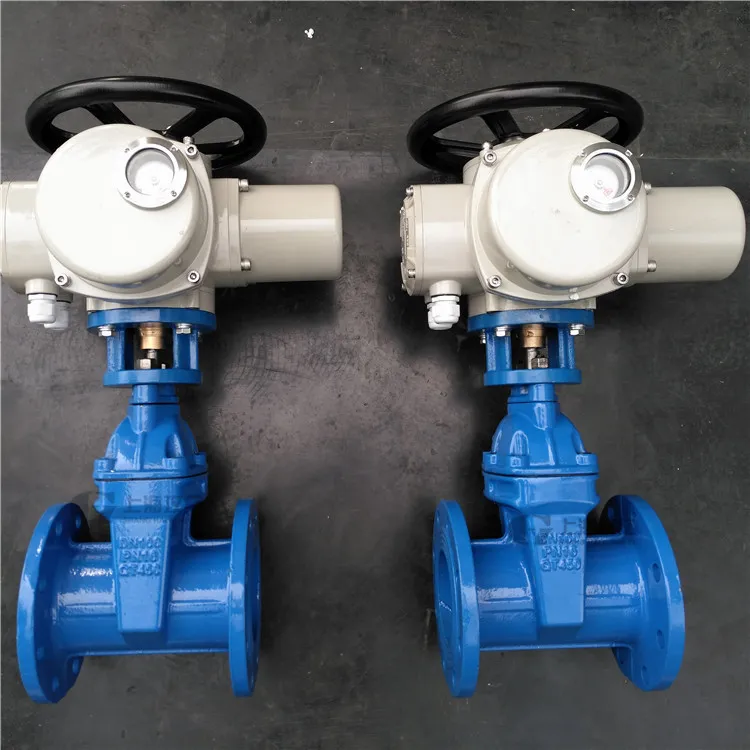Aug . 18, 2024 15:37 Back to list
DIY Welding Table Construction for Home Workshops and Garage Projects
Building Your Own Welding Table A Comprehensive Guide
Welding is a rewarding yet demanding craft that requires the right tools and environment to excel. Among these tools, a well-constructed welding table is fundamental to achieving precision and safety in your work. A home-built welding table can enhance your workspace significantly, providing a sturdy and customized platform for your projects. In this article, we will explore the steps and considerations involved in building your own welding table.
Understanding Your Needs
Before embarking on this project, it's essential to assess your specific requirements. The dimensions of your welding table depend on the size of the materials you typically work with and the types of projects you undertake. Common sizes for welding tables range from 3 feet by 4 feet to 4 feet by 8 feet. However, customizing the size to fit your garage or workshop will optimize your space. Additionally, consider the height of the table; it should be comfortable for standing or sitting while working, generally around 34 to 36 inches.
Materials and Tools Required
For a sturdy welding table, you will need high-quality materials. Steel is the preferred choice due to its durability and ability to withstand heat. A typical construction involves a tabletop made from thick steel plate (at least 1/4-inch thick) and a frame created from square or rectangular steel tubing. Here’s a list of the essential materials and tools you will need
Materials - Steel plate for tabletop - Steel tubing for frame - Casters (optional for mobility) - Welding rods or wire
Tools - Welding machine - Angle grinder - Measuring tape - Level - Clamps - Safety equipment (helmet, gloves, apron)
Step-by-Step Construction
1. Design the Table Sketch a design that includes dimensions, locations of legs, and any additional features like built-in storage or clamps.
home built welding table

2. Cut the Steel Use an angle grinder to cut the steel plate for the tabletop and the steel tubing for the frame. Always use proper safety gear during this step.
3. Assemble the Frame Weld the steel tubing together to form a rectangular frame that will support the tabletop. Ensure the frame is square and level using a measuring tape and level.
4. Attach the Top Once the frame is complete, carefully position the steel plate on top and weld it into place. Ensure it is securely attached to prevent any movement during heavy use.
5. Finish the Table Grind down any sharp edges to prevent injury. You may also choose to paint the table or apply a heat-resistant coating for added durability.
6. Add Accessories Consider additional features such as a built-in vise, shelves, or storage areas for tools, which can enhance your workflow.
Enhancing Usability
Once your welding table is complete, think about how you can further improve its functionality. Adding casters for mobility can help you reposition your table as needed, while clamps or a magnetic ground can hold pieces in place during the welding process, making your task easier and more accurate.
Conclusion
Building your own welding table can be a fulfilling project that results in a highly functional workspace tailored to your unique needs. By understanding your requirements, selecting the right materials, and following a detailed construction plan, you’ll create a welding table that not only improves your precision but also enhances your overall welding experience. Whether you are a novice welder or an experienced fabricator, a sturdy, personalized welding table is an investment worth making. Happy welding!
-
Thread Plug Gauge Our Promise of Measurement ExcellenceNewsAug.22,2025
-
Gauge Pin Class Reflecting Quality LegacyNewsAug.22,2025
-
Check Valve Types for High Rise BuildingsNewsAug.22,2025
-
Water Control Valve for Irrigation SystemsNewsAug.22,2025
-
Gate Valve with Soft Seal TechnologyNewsAug.22,2025
-
Y Type Strainer for Oil and Gas ApplicationsNewsAug.22,2025
Related PRODUCTS









